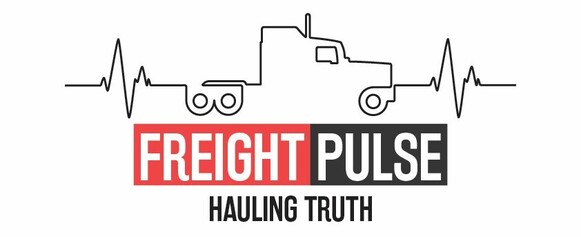Lawmakers Weigh Temporary Halt on ELD Mandate Amid Safety Concerns
The trucking industry finds itself at the center of legislative discussions as lawmakers on Capitol Hill deliberate key provisions for the next iteration of highway funding legislation. A range of trucking-related issues were brought to the forefront during a recent hearing of the House Transportation subcommittee, including truck parking shortages, freight fraud, driver compensation, and concerns over unregulated commercial driver’s license (CDL) training schools. However, two hot-button topics dominated the debate: increasing truck size and weight limits and the Federal Motor Carrier Safety Administration’s (FMCSA) oversight of electronic logging devices (ELDs).
Concerns Over ELD Certification and Security Risks
Electronic logging devices, mandated to ensure compliance with hours-of-service (HOS) regulations, have been a contentious issue in the industry. According to Lewie Pugh, Executive Vice President of the Owner-Operator Independent Drivers Association (OOIDA), the ELD mandate has been one of the costliest requirements imposed on trucking.
“When they made the ELD mandate, FMCSA allowed for self-certification, but later discovered that some devices didn’t meet compliance standards, leading to recalls,” Pugh told lawmakers. “Truckers who had already invested thousands of dollars in these devices were forced to purchase replacements multiple times. Some of our members have had to replace their ELDs three or four times.”
To address these concerns, Pugh and other industry representatives are urging FMCSA to take a more proactive role in certifying and inspecting ELDs before they are put on the market. The argument is that ensuring compliance from the outset would prevent financial strain on truckers and improve overall reliability.
U.S. Representative Brian Babin went a step further, calling for a temporary suspension of ELD tracking functions until potential security vulnerabilities are resolved. Babin raised concerns about the origins of ELD components, which are often manufactured in countries with adversarial relationships with the U.S.
“These devices are hard-wired into the trucks. They can remotely shut down a vehicle, start it, or even alter its course. That’s a serious national security risk,” Babin said. “As we saw in New Orleans on New Year’s Eve, any vehicle can become a mass casualty weapon.” He referenced an incident in which a driver in a pickup truck sped through Bourbon Street, killing 14 people.
Babin’s call for a pause in ELD tracking functions has gained traction among truckers concerned about the potential misuse of the technology, though regulatory agencies and safety groups argue that ELDs remain essential for enforcing HOS compliance and reducing fatigue-related crashes.
Debating Truck Size and Weight Limits
A highly divisive issue at the hearing was the proposal to raise the gross vehicle weight (GVW) limit on federal highways from 80,000 to 91,000 pounds. Advocates argue that allowing heavier trucks with an additional axle could lead to efficiency gains and fewer trips, while opponents cite safety risks and infrastructure strain.
Ryan Lindsey, representing the Shippers Coalition, and Dan Glessing, a Minnesota dairy farmer, strongly supported a pilot program to increase GVW limits. “We’re not talking about bigger or longer trucks,” Lindsey emphasized. “We’re simply increasing the GVW by 11,000 pounds and adding a sixth axle for better weight distribution. This regulatory adjustment could eliminate 20% of our trips, improving efficiency and reducing fuel consumption.”
However, others in the trucking industry remain divided. John Elliott, executive chairman of Load One and a representative of the Truckload Carriers Association, expressed strong opposition to both larger and heavier trucks. “The less-than-truckload (LTL) sector may support larger trucks, but truckload carriers, which make up the largest segment of the industry, oppose both size and weight increases,” Elliott stated. “From a safety perspective, bigger and heavier doesn’t mean safer.”
Teamsters Union policy adviser Cole Scandaglia also weighed in against heavier trucks, citing federal studies that link increased GVW to higher crash rates and more frequent HOS and brake violations. “The data demonstrates a clear safety risk,” Scandaglia asserted. “More importantly, our drivers don’t want to operate these heavier vehicles.”

Future of Trucking Regulations
As the debate continues, lawmakers must balance the economic benefits of increased trucking efficiency with concerns over infrastructure wear and public safety. The FMCSA’s role in overseeing ELDs, ensuring cybersecurity protections, and regulating truck size and weight limits will remain key points of discussion in the coming months.
With differing opinions across the trucking industry, shippers, and labor organizations, the path forward remains uncertain. However, the hearing underscored a shared goal among all stakeholders: ensuring that regulatory decisions prioritize both efficiency and safety on America’s highways.

